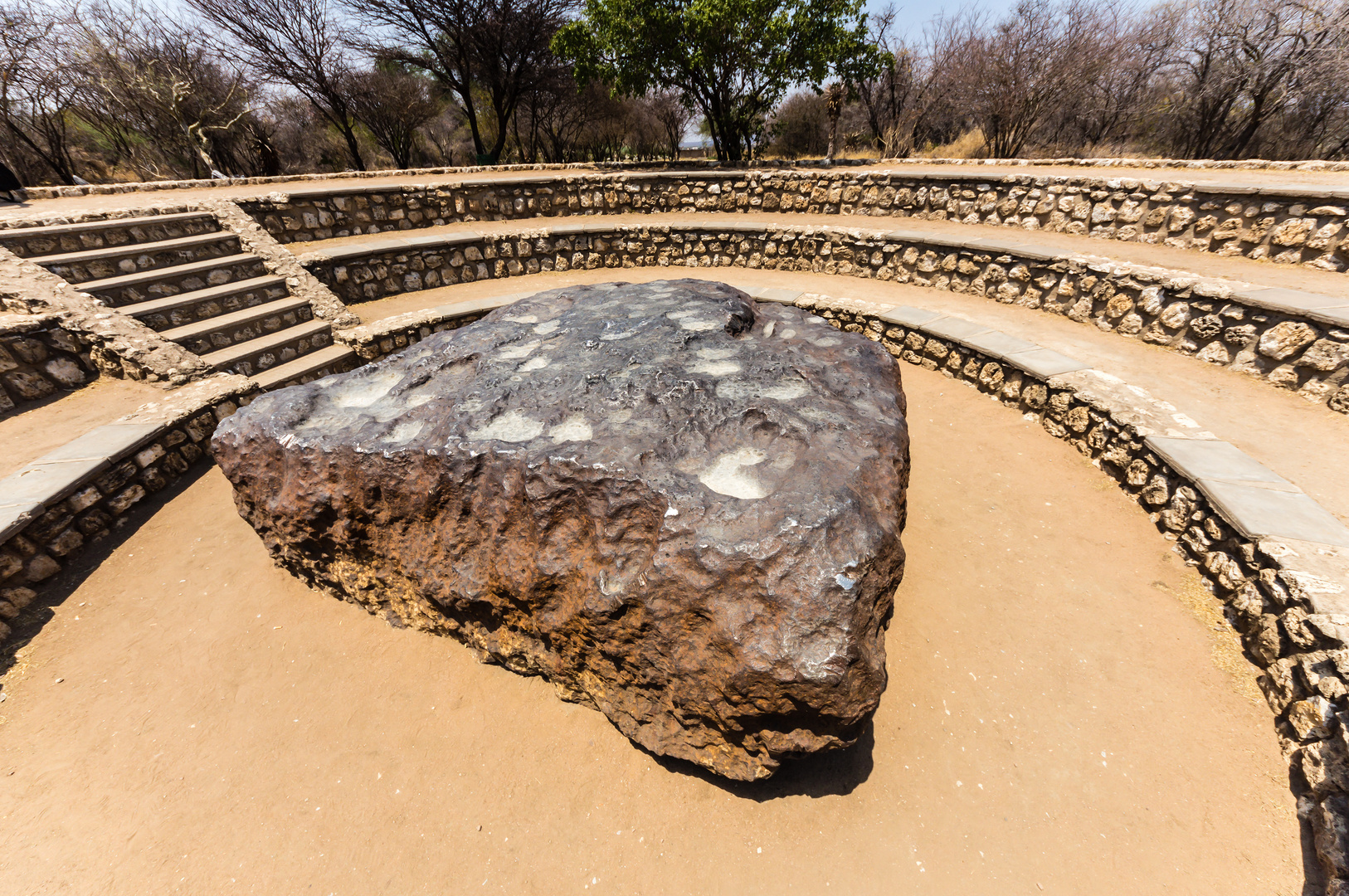Meteorites have been known since ancient times and have been found in various parts of the world, often revered or used by the people who found them.
Egyptian Pyramid: Fragments of meteorite have been found mounted in a necklace in an Egyptian pyramid. The ancient Egyptians understood the extraterrestrial origin of iron-rich meteorites.
Native American Burial Sites: Meteorite fragments have also been found in ancient Native American burial sites. The Hopewell culture, for instance, used iron from meteorites to produce beads and other decorations.
Ensisheim Meteorite: On 16 November 1492, a 118-kg (260-lb) meteorite fell near the town of Ensisheim in Alsace, France. This meteorite is preserved in the town's museum, the sixteenth-century Musée de la Régence.
Largest Meteorites: There have been nearly 40,000 documented meteorite finds, with the largest eight weighing over 20 tonnes. The largest meteorite found on Earth is the Hoba meteorite discovered in Namibia in 1920, weighing roughly 54,000 kilograms (119,000 pounds).
Vredefort Crater: The meteorite that created the Vredefort Crater in South Africa is believed to have been between 5-10 km (3-6 miles) wide, weighing trillions of tonnes. This is the oldest, largest, and most deeply eroded complex meteorite impact structure in the world.
The Hoba meteorite is the largest known intact meteorite on Earth, both by mass and volume. It was discovered in 1920 on a farm called Hoba West, located 19 km (12 miles) west of Grootfontein in northern Namibia. The Hoba meteorite dropped from the sky less than 80,000 years ago and has never been moved. The main mass is estimated at more than 60 tonnes, which is roughly equivalent to the weight of six elephants. The meteorite is composed of about 84% iron and 16% nickel, with traces of cobalt.
Tags:
Cosmology

